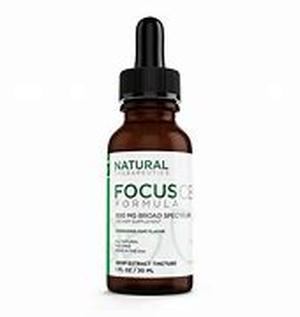
Licorice, Or Glycyrrhiza Glabra, Is A European Plant Belonging To The Pulse Family, Leguminosae. The Root Of The Licorice Plant When Pounded Or Pressed Produces A Sweet Substance For Which It Was Widely Known. Since Time Immemorial, The Licorice Root Has Been Used For Medicinal Purposes. It Was Used As A Laxative And As A Treatment For Coughs. It Was Also Brewed For Confectionery And For Flavoring, E.g. In Some Tobacco. The PlantThe Licorice Is A Perennial Plant With Blue Pea-like Blossoms. It Is Mainly Cultivated In The Middle East, Although A Subspecies Of It, The Wild Licorice Glycyrrhiza Lepidota, Is Native To North America. As Of Today, There Are 14 Known Varieties Of The Licorice Plant. Most Of Them Are Found In Several Asiatic Regions, Southeast Europe, And Persia.The Licorice Plant Has Long Graceful Stems And Lightly Spreading, Pinnate Foliage. From A Distance, They Present An Almost Feathery Appearance Because Of Their Tiny Leaflets Which Resemble Those Of The False Acacia. During The Night, The Leaves Hang Down On Each Side Of The Midrib. The Flowers Are Small Growing From The Axils Of The Leaves. Licorice Flowers Are Purplish In Color And Sometimes Pale-blue, Violet, Or Yellowish-white. At The Height Of Maturity, Small Pods Are Formed Which Somewhat Resemble A Partly Grown Peapod. Health BenefitsThe Licorice Plant Has A Long History In Herbal Medicine And Folk Healing. The Record Of Its Uses Is Long And Varied. In Ancient China, Licorice Is Considered Among The Most Important Herbs In Traditional Medicine. It Is Used Chiefly As A Demulcent For Its Soothing And Coating Effects In The Digestive And Urinary Tracts. In Addition, Chinese Folk Healers Used It To Cure A Whole Range Of Conditions, Including Diabetes And Tuberculosis. Since The Ancient Times, The Plant Has Been Frequently Used In Connection With The Treatment For Coughs, Sore Throats, And As A Flavoring. In Fact, It Got Its Name From The Greek Word For Sweet Root.More Recent Studies Have Shown That Licorice Contains Compounds, Called Glycyrrhizin And Flavonoids. Glyccyrrhizin, According To Test-tube Studies, Has Anti-inflammatory Properties And May Have Inhibiting Actions That Prevent The Breakdown Of Cortisol, An Important Substance Produced By The Body.Although It Remains To Be Proven To Work In Humans, Licorice May Also Have Anti-viral Properties. The Flavonoids Found In This Herb Are Potent Antioxidants That Work To Protect Several Organs Of The Body, Most Importantly The Liver. Chalcones, Which Are Closely Related To Flavonoids May Also Help Heal Digestive Tract Cells. Preliminary Studies On The Effects Of Licorice Have Shown That The Flavonoids Can Kill The Ulcer-causing Bacteria, Helicobacter Pylori. These Bacteria Are Also Responsible For Most Stomach Inflammations.Liquiritin, An Extract Produced From Licorice, Has Been Used As A Treatment For Melasma, A Pigmentation Disorder Of The Skin. According To A Study Conducted By Medical Researchers, 70 Improvement Is Observed On Melasma Patients After A Twice Daily Topical Application Of Liquiritin Cream For A Period Of Four Weeks.Buying InformationWhen Using Licorice, Remember That There Are Two Types Available In The Market. The First Is The Standard Licorice Which Contains Glycyrrhizin And Used For Respiratory Infections, Chronic Fatigue Syndrome, Or Herpes. The Second Type Is Called The De-glycyrrhizinated Licorice Used To Treat Conditions Of The Digestive Tract, Such As Ulcers.Licorice Is Available In Capsules Or In Tablets. For Canker Sores, De-gycyrrhizinated Licorice In Powdered Form Is Recommended.TOTAL WORD COUNT - 568KEYWORDS "Licorice" - 20 (density 3.5)





